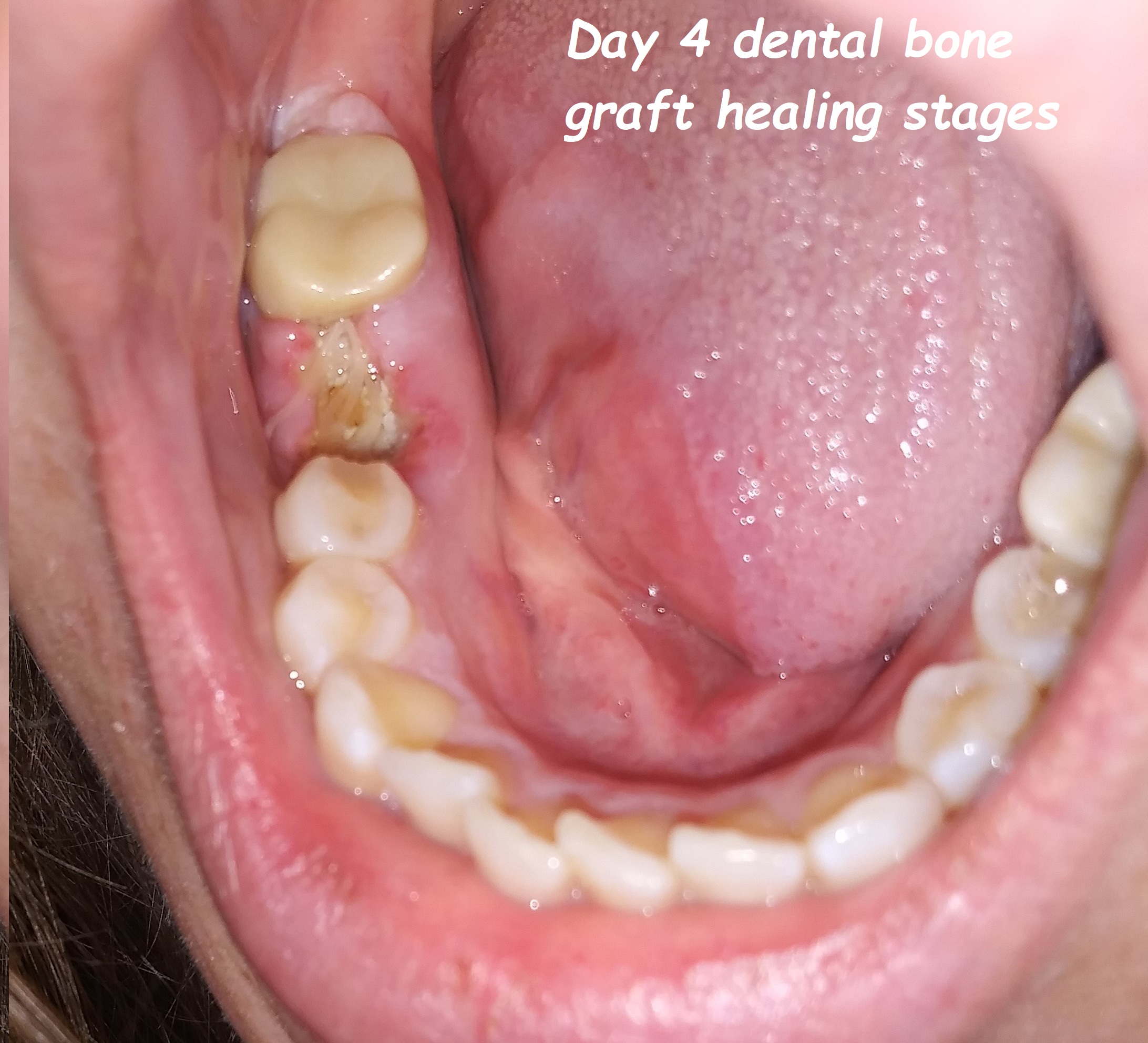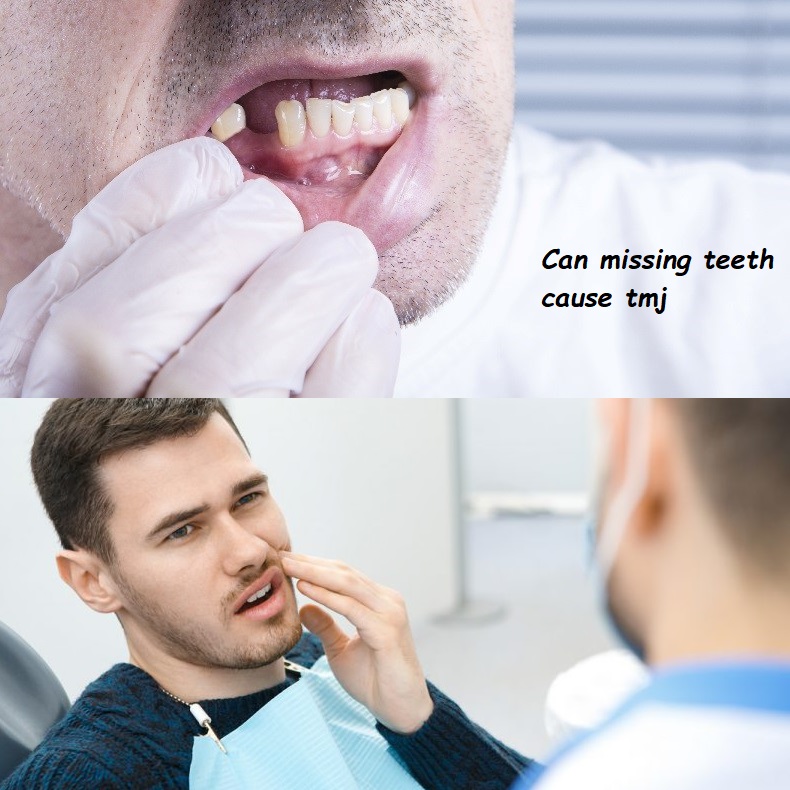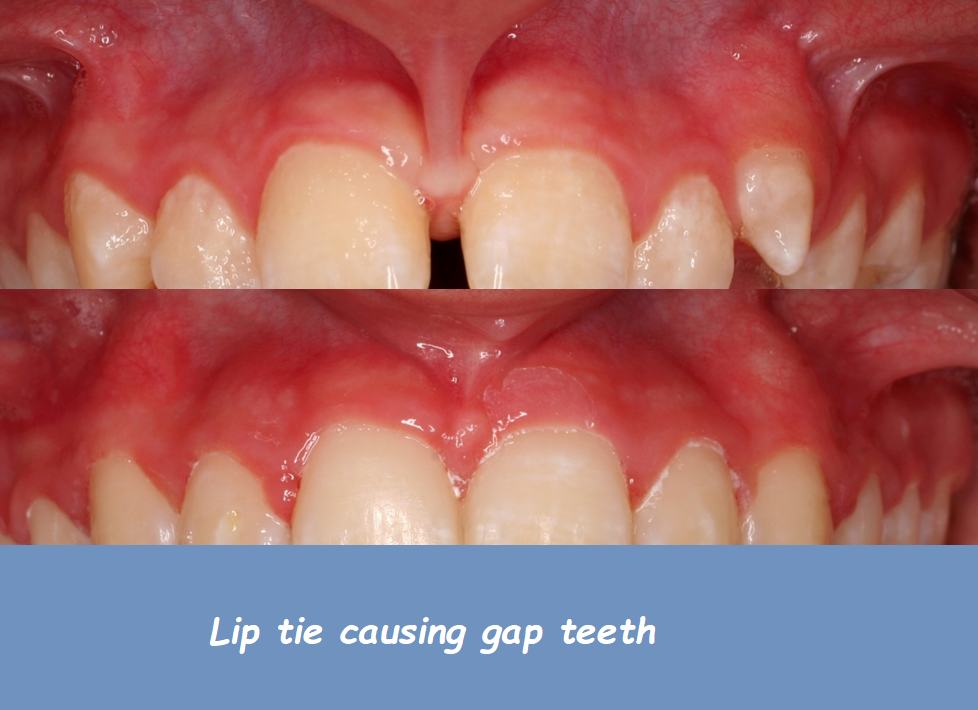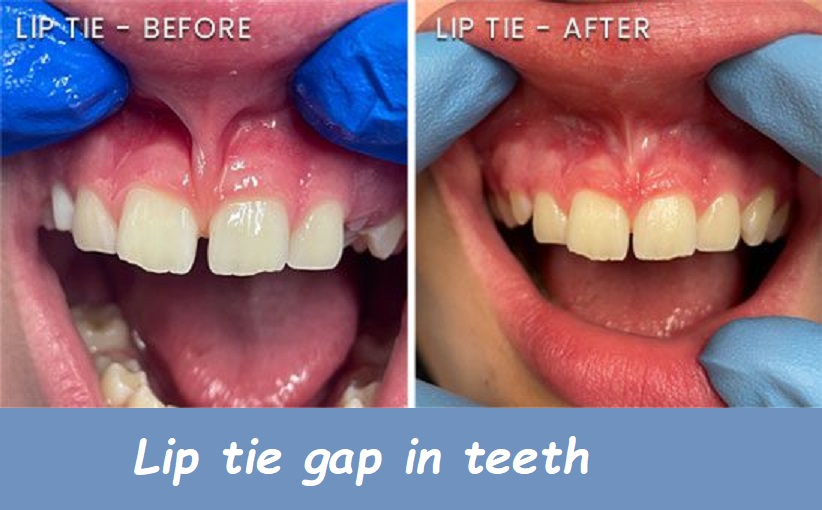Day 4 dental bone graft healing stages

Day 4 Dental Bone Graft Healing Stages: What to Expect and How to Care for Your Graft.
Dental bone grafting is a common procedure used to restore bone density and volume in the jaw, particularly in preparation for dental implants. Understanding the healing stages is crucial for a successful recovery. On Day 4 post-operation, specific changes and care steps are critical. This comprehensive guide will explore the Day 4 dental bone graft healing stages, providing insights into what you can expect and how to care for your graft to ensure optimal healing.
What is a Dental Bone Graft?
A dental bone graft is a surgical procedure that involves adding bone or a bone-like material to the jawbone. This is often necessary when there has been bone loss due to tooth extraction, gum disease, or trauma. The bone graft provides a solid foundation for dental implants or other restorative treatments.
Types of Bone Grafts
- Autograft: Bone harvested from the patient’s body, usually the hip or another part of the jaw.
- Allograft: Bone sourced from a donor or cadaver.
- Xenograft: Bone derived from an animal, typically a cow.
- Alloplast: Synthetic bone graft material.
Purpose of a Bone Graft
- Prepare for Dental Implants: Ensures there is enough bone to support an implant.
- Restore Bone Loss: Addresses bone loss due to periodontal disease or trauma.
- Support Dentures: Provides a stable base for dentures or bridges.
The Healing Process of a Dental Bone Graft
Healing from a dental bone graft is a gradual process that involves several stages. Each stage is critical for the success of the graft and the eventual placement of dental implants or other restorative procedures.
Immediate Post-Operative Period (Days 1-3)
- Day 1: Swelling and minor bleeding are common. Pain and discomfort can be managed with prescribed medication.
- Day 2-3: Swelling may peak, and bruising can develop. Pain should gradually decrease. The grafted area should be kept clean to prevent infection.
Day 4: Key Healing Stage
Day 4 marks an important phase in the healing process. While initial pain and swelling may have subsided, careful attention is still required to ensure proper healing.
What to Expect on Day 4
Physical Symptoms
- Reduced Swelling: Swelling should start to decrease by Day 4.
- Bruising: Bruising around the surgical site may become more apparent.
- Pain: Pain should be manageable and continue to decrease.
- Stiffness: Some stiffness in the jaw and discomfort while eating or talking.
Healing Milestones
- Soft Tissue Healing: The gums around the graft site begin to heal and form a protective layer.
- Stabilization of the Graft: The graft material starts to integrate with the existing bone.
- Reduction in Inflammation: The body’s inflammatory response begins to subside, reducing pain and swelling.
Signs of Normal Healing
- Mild Discomfort: Mild to moderate discomfort is normal and should be decreasing.
- Minimal Bleeding: Minor oozing or spotting is normal but should not be excessive.
- Healthy Gum Appearance: Gums should be pink and gradually healing.
Signs of Complications
- Severe Pain: Persistent or increasing pain may indicate a problem.
- Excessive Swelling: Swelling that worsens or does not improve.
- Infection Signs: Redness, warmth, pus, or foul odor around the graft site.
- Fever: A fever may indicate an infection and requires immediate attention.
Caring for Your Dental Bone Graft on Day 4
Proper care on Day 4 is crucial for successful healing. Following your dentist’s instructions and taking appropriate precautions can help prevent complications and promote healing.
Oral Hygiene
- Gentle Brushing: Brush your teeth gently, avoiding the graft site.
- Rinsing: Use a prescribed mouthwash or a saltwater rinse to keep the area clean.
- Avoid Flossing: Do not floss near the graft site to prevent disturbing the healing tissue.
Diet and Nutrition
- Soft Foods: Stick to a soft diet, avoiding hard, crunchy, or chewy foods.
- Hydration: Drink plenty of water to stay hydrated and support healing.
- Avoid Hot Foods: Avoid hot foods and drinks that can irritate the graft site.
Pain Management
- Medication: Take prescribed pain medication as directed by your dentist.
- Cold Compress: Apply a cold compress to reduce swelling and discomfort.
- Rest: Rest and avoid strenuous activities to promote healing.
Avoiding Harmful Habits
- No Smoking: Smoking can impede healing and increase the risk of complications.
- No Alcohol: Avoid alcohol, as it can interfere with healing and medication.
- No Touching: Do not touch or disturb the graft site with your tongue or fingers.
Long-Term Care and Monitoring
While Day 4 is critical, ongoing care and monitoring are essential for the success of your dental bone graft.
Follow-Up Appointments
- Regular Check-Ups: Attend all scheduled follow-up appointments with your dentist.
- Monitoring Healing: Your dentist will monitor the healing progress and address any issues.
Maintaining Oral Hygiene
- Daily Cleaning: Continue with gentle brushing and rinsing as recommended.
- Professional Cleanings: Regular professional cleanings to maintain oral health.
Lifestyle Considerations
- Healthy Diet: Maintain a balanced diet rich in vitamins and minerals to support bone health.
- Avoid Risky Behaviors: Avoid activities that can risk the graft, such as contact sports without proper protection.
Frequently Asked Questions About Dental Bone Grafts
1. How long does it take for a dental bone graft to heal?
The initial healing phase takes about two weeks, but complete healing and integration with the jawbone can take several months.
2. Is pain normal after a dental bone graft?
Some discomfort and pain are normal after a bone graft. Pain should gradually decrease and can be managed with prescribed medication.
3. Can I brush my teeth after a dental bone graft?
Yes, you can brush your teeth, but be gentle and avoid the graft site. Use a soft-bristled toothbrush and follow your dentist’s instructions.
4. When can I eat normally after a dental bone graft?
You should stick to a soft diet for the first few days. Gradually reintroduce regular foods as recommended by your dentist, typically after the first week.
5. How do I know if my bone graft is healing properly?
Signs of proper healing include reduced pain and swelling, minimal bleeding, and healthy-looking gums. Follow-up appointments with your dentist are essential to monitor progress.
6. What should I avoid after a dental bone graft?
Avoid smoking, alcohol, and hard or crunchy foods. Do not disturb the graft site with your tongue or fingers.
7. Can a dental bone graft fail?
While bone grafts have a high success rate, they can fail due to infection, insufficient bone integration, or improper care. Following your dentist’s instructions is crucial for success.
8. How soon can I get a dental implant after a bone graft?
The timeline for getting a dental implant after a bone graft varies. It typically takes several months for the graft to integrate fully before placing an implant.
9. What are the signs of infection after a dental bone graft?
Signs of infection include increased pain, excessive swelling, redness, warmth, pus, foul odor, and fever. Contact your dentist immediately if you notice these symptoms.
10. How can I speed up the healing process after a dental bone graft?
To promote faster healing, follow your dentist’s care instructions, maintain good oral hygiene, eat a healthy diet, stay hydrated, avoid smoking and alcohol, and get plenty of rest.
Conclusion
Understanding the Day 4 dental bone graft healing stages is essential for ensuring a successful recovery. Proper care, hygiene, and attention to your body’s signals can help you navigate this critical phase. By following your dentist’s instructions and taking appropriate precautions, you can support the healing process and pave the way for a healthy, stable foundation for dental implants or other restorative treatments.
This comprehensive guide has covered everything you need to know about what to expect on Day 4 post-operation and how to care for your dental bone graft. If you have any further questions or concerns, don’t hesitate to reach out to your dental professional for personalized advice and guidance. With the right care and attention, you can achieve a successful outcome and enjoy the benefits of a restored, healthy smile.









